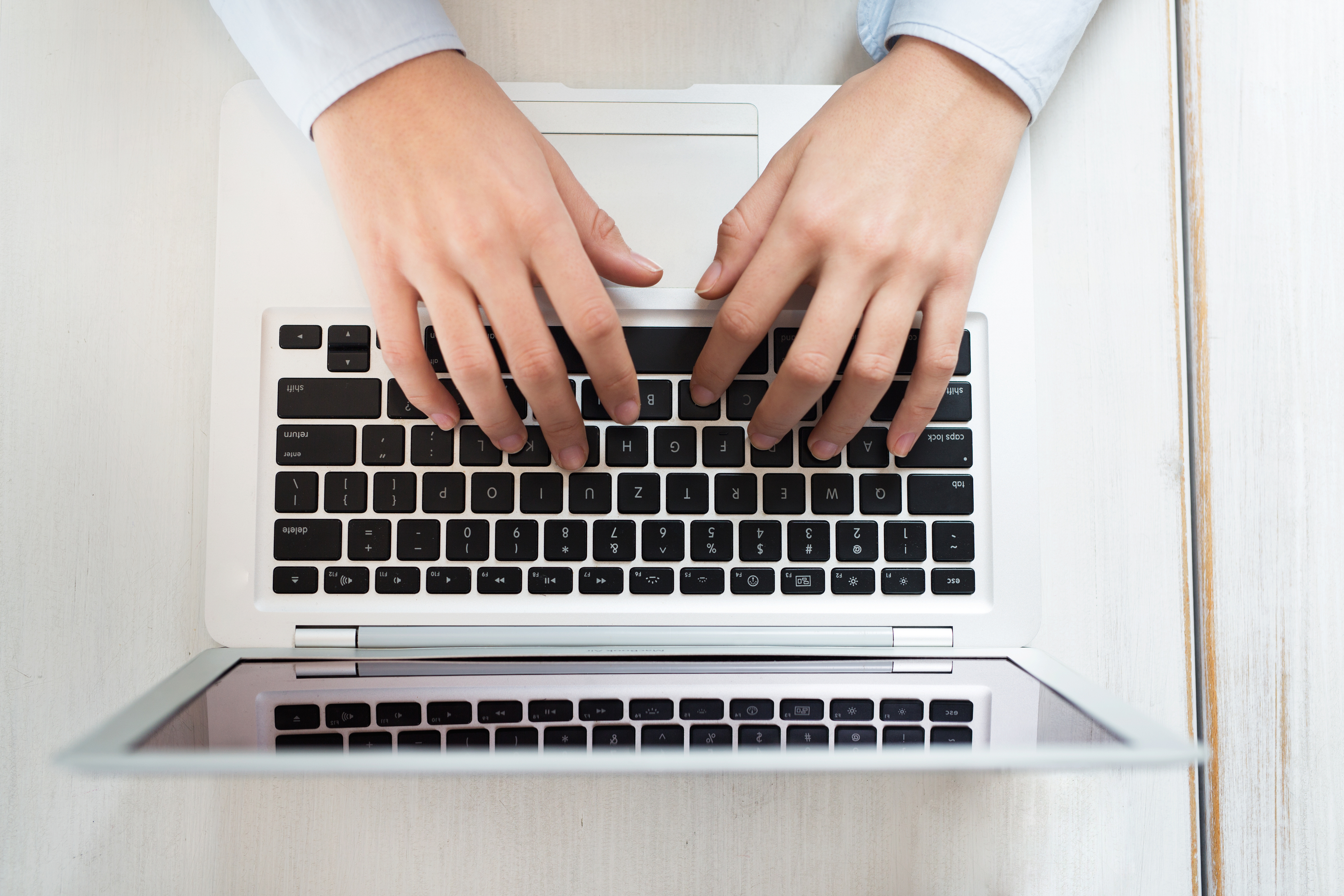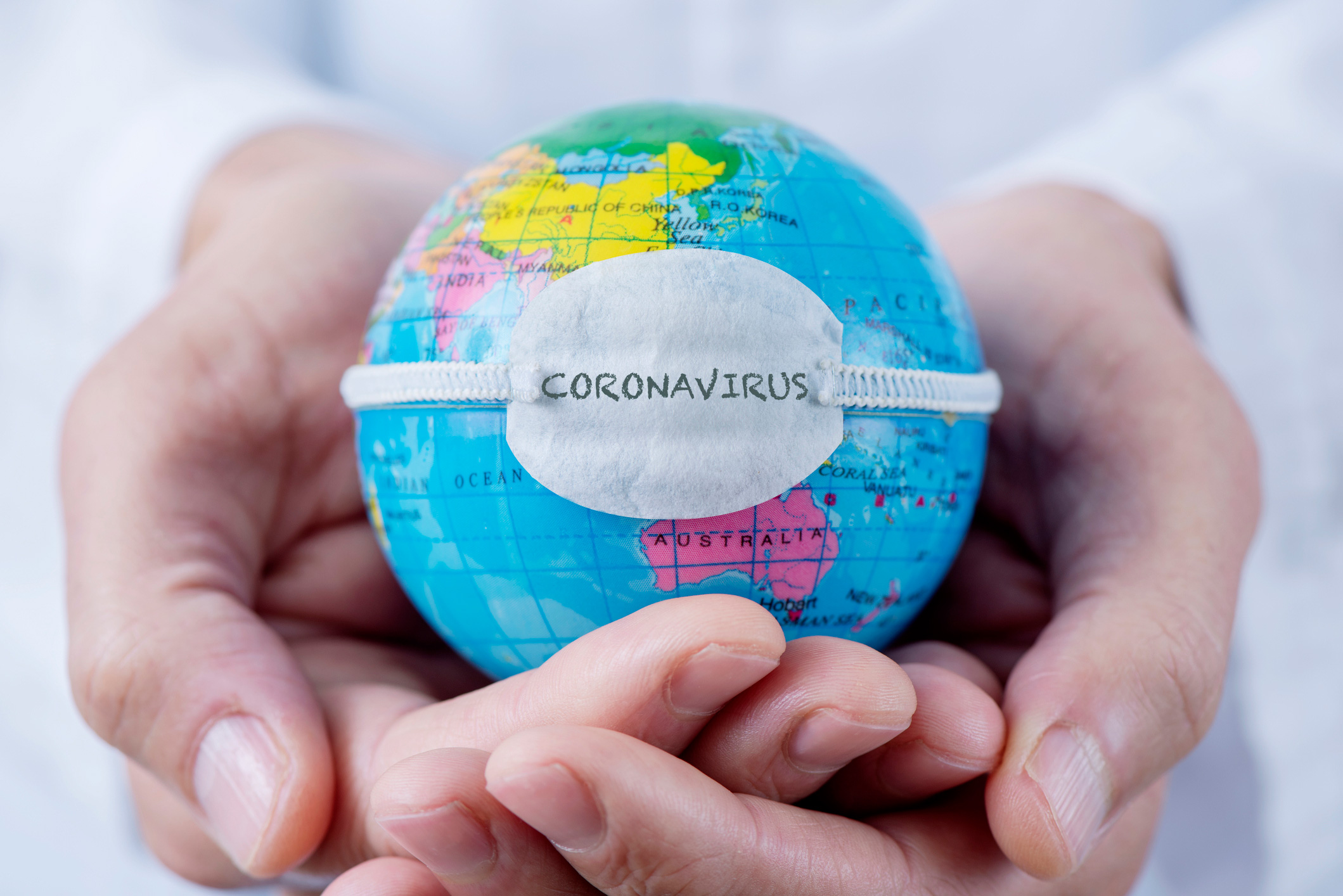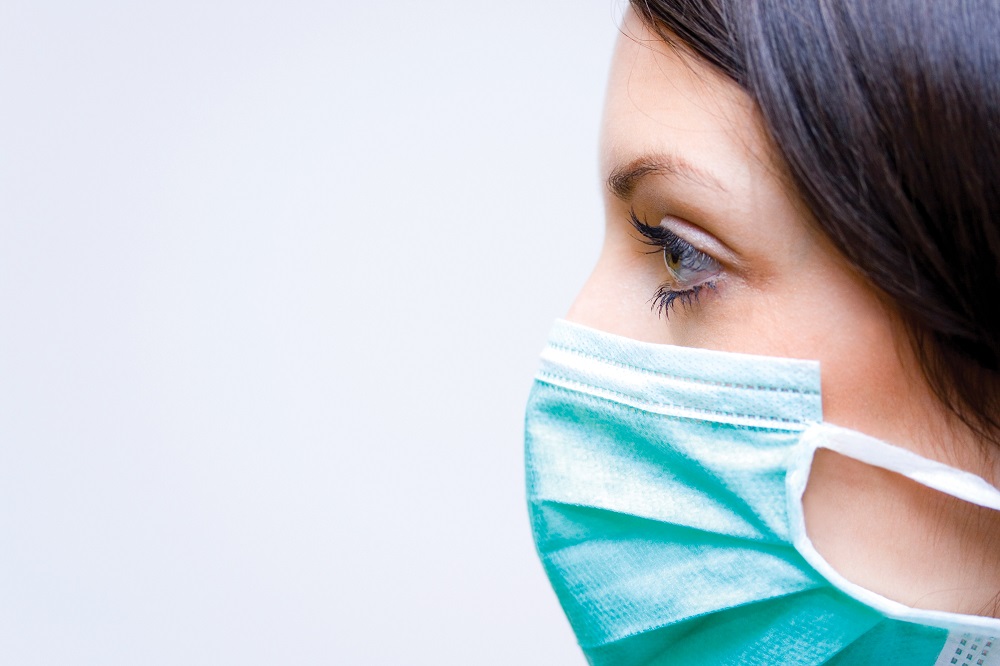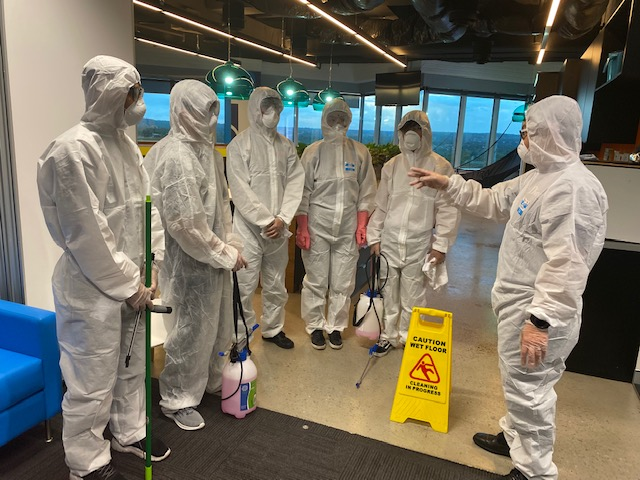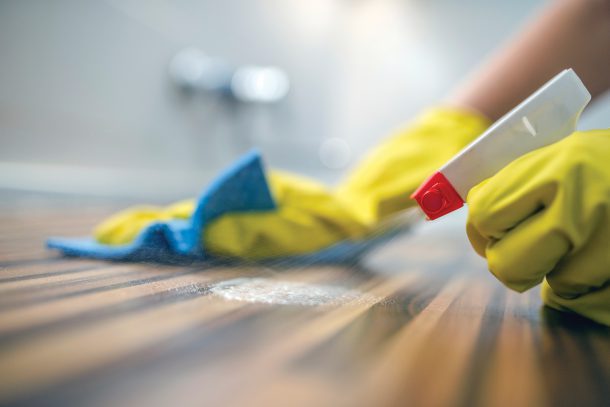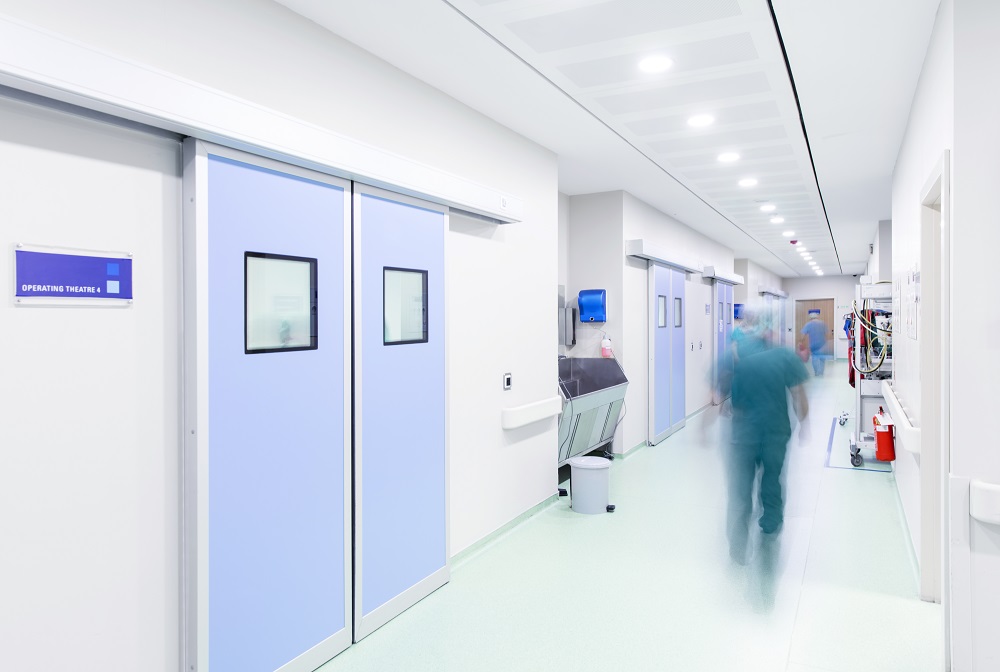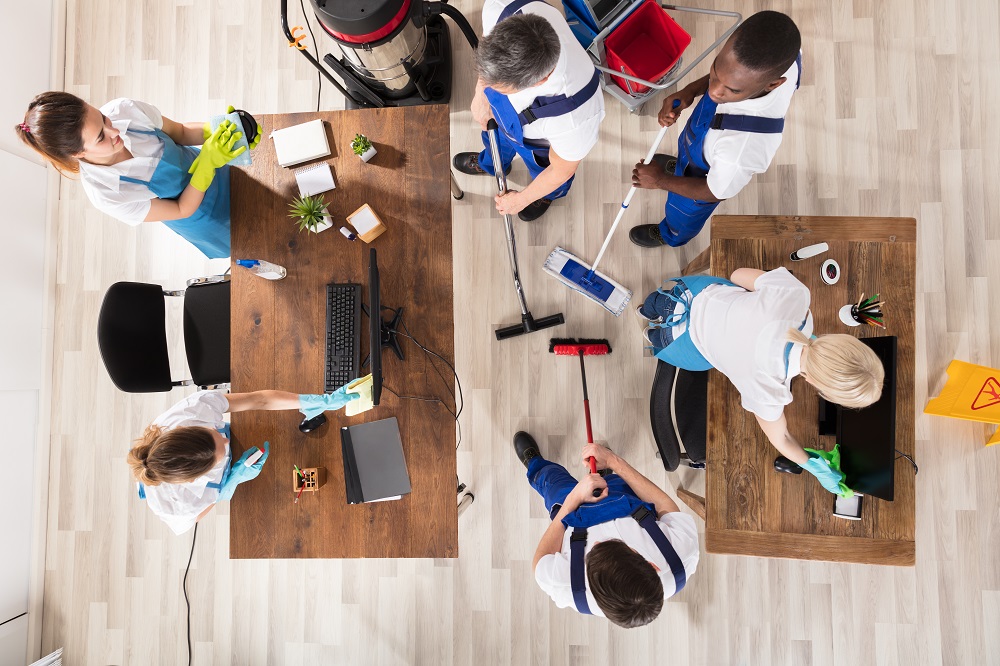
A leading anti-viral cleaning specialist warns the health and litigation risks are too high for essential workplaces – such as factories, schools, retailers, logistics depots, and medical clinics – who fail to upgrade their cleaning practices to meet the new risk.
Lisa Macqueen, co-founder and director of Cleancorp, said the company has received more than 1000 additional inquiries for its COVID-19 anti-viral cleaning services in March alone.
“It is clear that the pandemic is weighing heavily on the minds of commercial business owners across Australia,” Macqueen said, adding many organisations are unaware of the differences between a regular clean and an anti-viral clean.
“Organisations need to understand the importance of ensuring that the right equipment, deep cleaning processes, and higher grade chemical are used. The right clean should be a major contributor to containing the coronavirus.”
Macqueen has outlined nine recommendations to reduce COVID-19 risks through anti-viral cleaning:
- Substitute household-grade chemicals for anti-viral hospital-grade disinfectants
“The quality of a household disinfectant, such as Pine O Cleen, is not adequate during a viral outbreak. Hospital-grade disinfectants need to be standards certified and contain at least 70 per cent ethanol or cationic, nonionic, or amphoteric surfactants – compounds used in an array of cleaning products for their ability to lower the surface tension of water – to cut through the virus, while being environmentally friendly.”
- Organisations should upgrade their regular clean to include all ‘shared touchpoints’
A regular clean follows the usual spray-and-wipe principles. However, a coronavirus ‘touchpoint clean’ goes further by disinfecting all shared touchpoints, such as door handles, remotes, kitchen taps, microwaves, fridges, and coffee machines. It is best suited for shared facilities and high-traffic areas.
- Reduce all risks by including cleaning of workers’ personal spaces
Organisations include precautionary cleaning of personal spaces in addition to a touchpoint clean. This includes pens, desks, chairs, armrests, and laptops – even cars.
- A ‘pandemic clean’ is essential if the site has had a confirmed case of COVID-19
Ordinary cleans will never remove viruses from surfaces. In addition to a clean of touchpoints and personal spaces, locations that have had a confirmed COVID-19 case should organise a clean of all walls, ceilings, floors, and carpets in the same clean.
Key to a pandemic clean is allowing hospital-grade disinfectants that are applied to the surfaces to be left to cure for 10-to-30 minutes at room temperature to ensure they completely remove all traces of bacteria when wiped away.
To avoid carrying the bacteria to other locations, cleaners must wear personal protective equipment (PPE), which includes full hazmat suits, face masks, and gloves. Once completed, all disposable cloths, sponges, wipes, and PPE must be placed in plastic bags, sealed, and disposed of. All cleaning equipment must be washed with hospital-grade disinfectant after each clean.
- Introduce ATP swab tests
An adenosine triphosphate (ATP) swab test of a coronavirus-affected area, such as a desk or chair, tests that it is thoroughly sanitised and the presence of bacteria is wholly eradicated. If a swab test reads above 10, then the whole site must be given another pandemic-grade clean. The ATP swab tests are so effective in detecting the presence of growing micro-organisms that they are used in hospital operating theatres.
- Use heavy-duty equipment is used
Specialist equipment must be another feature of a pandemic clean. A chemical fogger is a spray that ensures strong disinfectant gets into all nooks and crevices that can’t be reached by hand – throughout the location, including on all equipment, furniture, and fittings on site.
Vacuum cleaners with HVACs are a must to ensure they don’t spew the virus back into the room. Power-operated scrubbers used on tile-surfaces are also so powerful that they can restore grout between tiles to its original colour. Before any heavy-duty equipment is used on a surface, surfaces should be cleaned and disinfected as normal.
- Do not share cleaning materials between areas
Cleaners must follow processes to avoid cross-contamination. They should colour-code cloths, mops, buckets, and wipes to ensure the same cleaning materials are not used between two different sites. Materials used to clean a bathroom must not be taken to a kitchen. Materials used to clean toilets must not be used on basins and floors. After cleaning is completed, every used material must be appropriately sealed and disposed of.
- A COVID-19 should be longer than a regular clean
While a ‘regular’ cleaning service for a 300sqm space takes a one-person team around two hours, a COVID-19 clean of the same size should take at least six hours. When choosing a cleaner, organisations should check they have completed the Australian Government Department of Health Infection Control Training – COVID-19 so they can feel safe in the knowledge that their site is cleaned using effective infection control measures, correct PPE equipment, and safe chemicals.
- ISO certification is essential
Cleaners that have been independently audited and certified by third-party specialists to an ISO Standard, such as ISO 9001 Quality Management Standard, ensure they understand and follow the highest of global standards.
Comment below to have your say on this story.
If you have a news story or tip-off, get in touch at info@3.106.117.80.
Sign up to INCLEAN’s newsletter.
